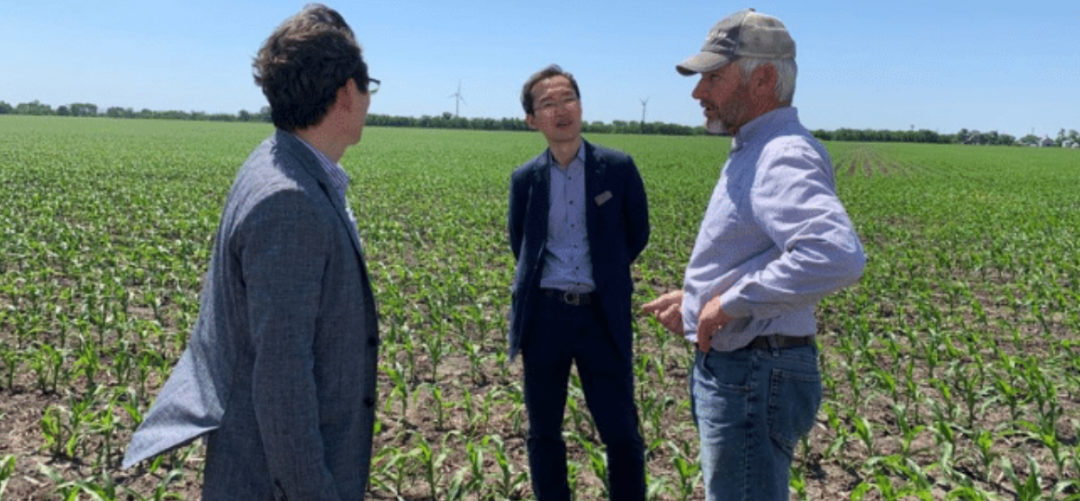WASHINGTON, DC, US — Illinois farmers and local grain merchants visited with major corn buyers from South Korea last week during an in-person trade team to the state, one of the first since the beginning of the pandemic, the US Grains Council (USGC) said.
The program provided the opportunity to build a closer relationship between the US corn industry and key Korean stakeholders and to reassure the delegation of future supplies of US grain and co-products for the South Korean market.
South Korea was the fifth-largest market for US grains in all forms (GIAF) in the 2019-20 marketing year, importing more than 6.41 million tonnes. The USGC’s GIAF calculation offers a holistic view of feed grain sold to overseas customers in both unprocessed and value-added forms.
A Korean corn buyer from Nonghyup Feed Inc. (NOFI) traveled to the United States for this series of meetings. NOFI represents 2.4 million farmers from the world’s eighth-largest cooperative, a group that is responsible for importing 3.179 million tonnes of feed grains in 2020, including 2.6 million tonnes of corn.
The buyer and another Korean stakeholder met with US grain exporters, visited a barge loading elevator on the Illinois River and toured two corn farms, hosted by Paul Jeschke and Jason Lay. At each of these stops, members of the US corn value chain were able to demonstrate the ability and commitment of the United States to be a reliable supplier of quality grains and co-products.
The Korean delegation also had a chance to hear from 15 farmer members of the Illinois Corn Marketing Board about planting and crop conditions of the 2021-22 corn crop across all regions of Illinois during a stop at the Illinois Corn office.
“Our time in Illinois helped reassure our important Korean customer of the US corn supplies and logistics to move the crop to export channels,” said Cary Sifferath, senior director of global programs at the USGC. “The delegation asked important questions about the US corn market and enjoyed connecting with the producers who are growing the crop to feed their demand.”





